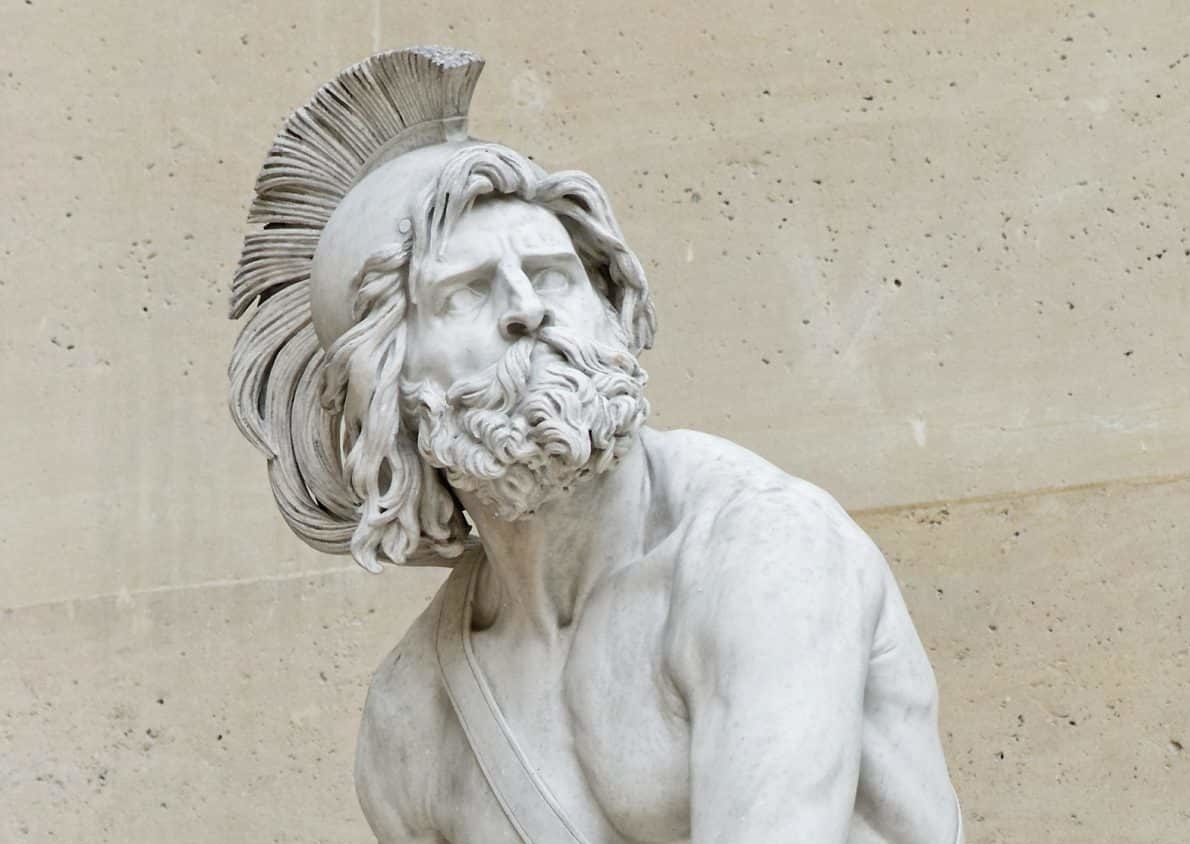
Alexander the Great, Philip of Macedon, Themistocles, Leonidas, Lysaner, Pyrrhus of Epirus, and Pericles are all names that stir in the popular imagination when the discussion turns to the greatest military leaders of ancient Greece.
However, one name is missing from that list – Philopoemen. A general of the Achaean League hailing from Megalopolis, he was arguably the most successful general of his generation. During his lifetime between 253 BC and 183 BC, he humbled Sparta and propelled the Achaean League to be the foremost power in the Peloponnese.
According to Plutarch, the main literary source on Philopoemen, “a certain Roman, in praising him, called him the last of the Greeks, implying that Greece produced no great man after him, nor one worthy of her.”
Early years
Philopoemen was born in the Greek polis (city) of Megalopolis in 253 BC. His father Craugis was a prominent figure in the city but he passed away when Philopoemen was still a boy. Cleander, a friend of Craugis who had been exiled from Mantineia then took over care of the orphaned boy.
Megalopolis, where Philopoemen grew up, was a city in the Arcadian region of the Peloponnese. It was a member state of the Achaean League. Alexander the Great’s empire had broken apart before Philopoemen was born, but Macedon was still the foremost power in Northern Greece and exercised influence over the south as well.
The philosophers Ecdemus and Megalophanes were placed in charge of Philopoemen’s education. The two men, who both hailed from Megalopolis, had helped to depose the tyrants Aristodemus and Nicoles. Thus, the principles of freedom and democracy were expounded to Philopoemen from a young age.
Philopoemen displayed virtues valued by the ancient Greeks from a young age. According to Plutarch, “the boy’s character took on from the very outset a noble and kingly mold and growth.”
Plutarch also recounts how “from his very boyhood he was fond of a soldier’s life, and readily learned the lessons which were useful for this, such as those in heavy-armed fighting and horsemanship.”
During his youth, Philopoemen was also a keen wrestler. His friends and mentors encouraged him to take up athletics but he shunned the lifestyle of an athlete in favor of the military.
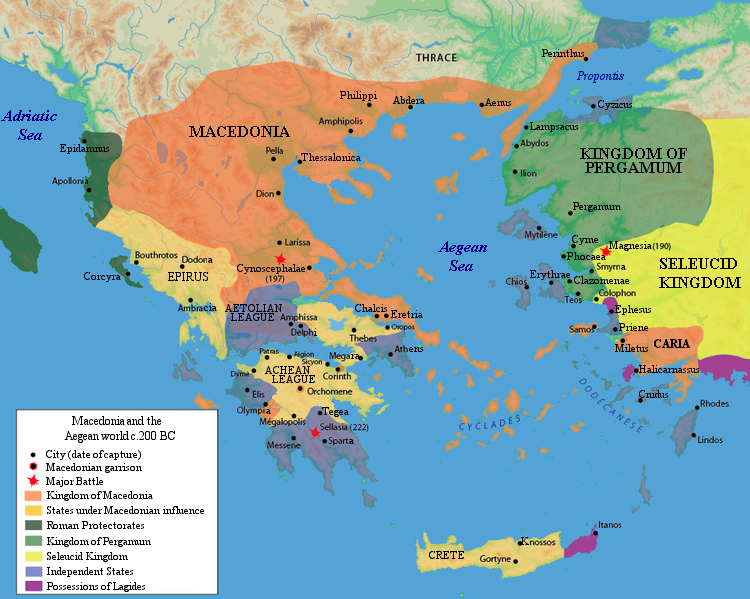
Philopoemen defends Megalopolis from the Spartans
In 223 BC, King Cleomenes III of Sparta attacked Megalopolis. The Spartans attacked at night and were able to break into the city where they occupied the marketplace.
Philopoemen, who was then thirty years old, sprung into action. Plutarch recounts how he “came to the help of the citizens, but had not force enough to drive the enemy out, although he fought with vigor and daring.”
Nevertheless, he was able to successfully evacuate his fellow citizens. Philopoemen distracted the Spartans with an attack, which bought the Megalopolitans enough time to escape. He was wounded and lost his horse but was also able to escape to the city of Messene.
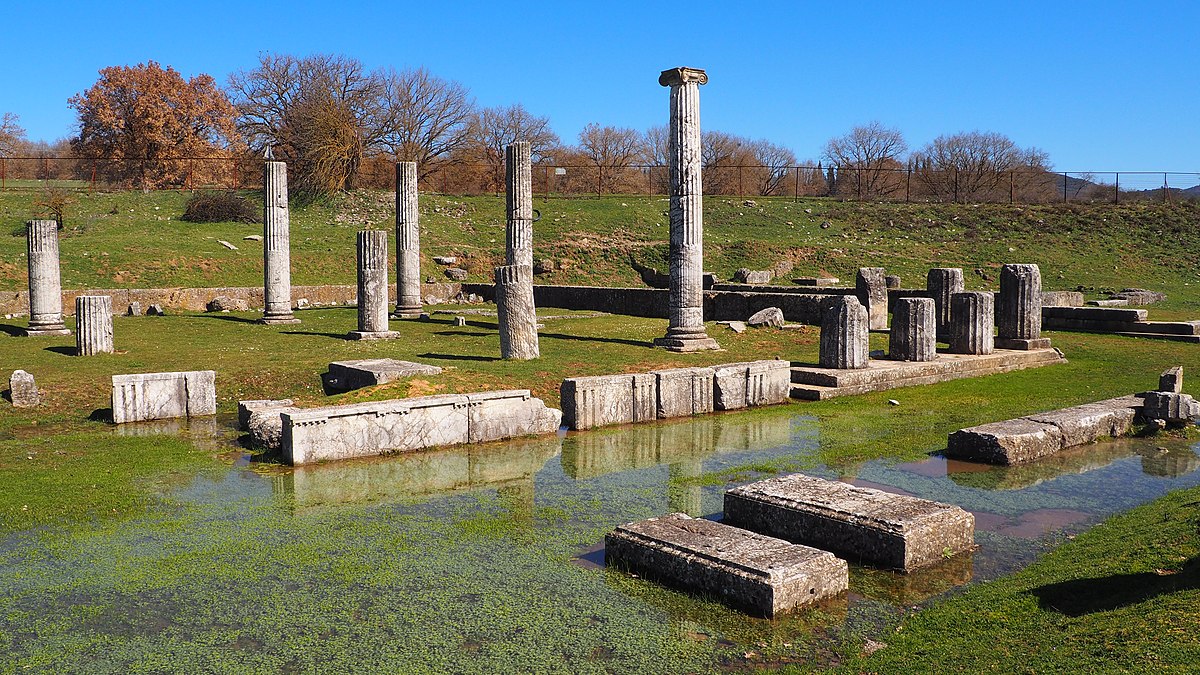
Uneasy diplomacy with the Macedonians
The Battle of Megalopolis was not the last time that Philopoemen would face the Spartans. King Antigonus III Doson of Macedon allied himself with the Achaeans, Boeotians, Thessalians, and Acarnanians.
The Achaean League was wary of Macedonian influence and the Achaeans had previously made a pact with Ptolemy II of Egypt to secure financial support to oust local tyrants installed in their cities by the Macedonian Antigonid dynasty.
However, an uneasy alliance with Macedon was preferable to subjugation by Sparta. Upon the fall of Megalopolis, Philopoeman had urged the Megalopolitans to reject a peace treaty offered by King Cleomenes, so the alliance with Macedon was a necessity.
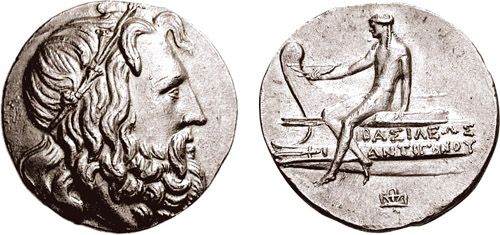
The Battle of Sellasia
In the summer of 222 BC, the Macedonians, the Achaeans, and the other allied Greeks advanced against the Spartans at Sellasia on the northern frontier of Laconia.
Philopoemen was stationed among the Macedonian cavalry alongside his fellow Achaeans on one of the wings. This flank of the army also had the support of a contingent of Illyrians who closed the gap between the main body of infantry and cavalry on the flank.
The initial plan was for this wing of the army to wait quietly in reserve until Antigonus would wave a signal from the other flank for them to advance. However, the impetuous Illyrians were all too eager to get stuck in with the fighting and ignoring their orders, advanced against the Spartans.
Eucleidas, the brother of Cleomenes, noticed this folly and ordered his light infantry to attack and rout the Illyrians who were now left unprotected by the Macedonian and Achaean cavalry.
The Illyrians were quickly caught in a great deal of trouble. Seeing that the Spartans would cut them down, Philopoemen urged the Macedonian commanders to intervene but they did not listen. Acting on his own initiative, “he formed his fellow citizens into a wedge, and charged upon the enemy.”
Having saved the Illyrians from annihilation, Philopoemen wished to press further with his attack, but he was forced to dismount his horse by the difficult terrain. Continuing on foot, he was struck by a javelin that pierced both his thighs. The wound was not fatal but it was severe, and he had been struck in the middle of the battlefield.
Not dissuaded, he pulled out the javelin with great difficulty and advanced once more. According to Plutarch “he drew his sword and made his way through the front ranks against the enemy, thereby greatly animating the combatants and inspiring them with a desire to emulate his valor.”
With the battle won, in large part due to Philopoemen’s timely intervention, he won great repute with the Macedonian king. Antigonus offered him a position but he declined, not wishing to be under another’s command again.
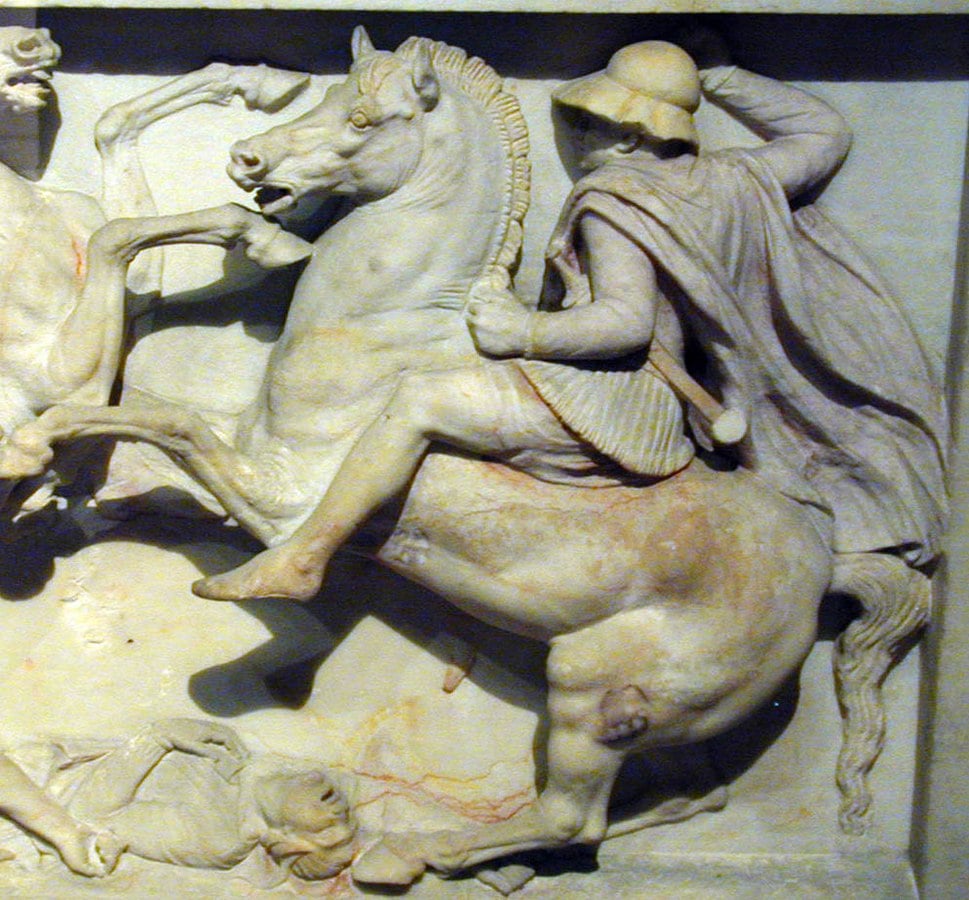
Philopoemen’s military reforms
Philopoemen spent the next ten years campaigning as a mercenary in Crete. Not much is known about his time here other than that he was constantly engaged in battle amongst the “warlike” Cretans who were adept in several styles of warfare.
When Philopoemen returned to mainland Greece his reputation proceeded him. Evidently, tales of his deeds in Crete had spread and the Achaeans, also not forgetting his exploits at Sellasia appointed him as commander of the cavalry.
The veteran commander was not impressed with what he saw. The Achaean cavalry was equipped with poor-quality horses, and they were ill-disciplined and cowardly. To rectify this Philopoemen staged martial contests and drilled the men in maneuvers.
Philopoemen’s training paid off during a battle at the river Larissus against the Aetolians and Eleians. The Achaean cavalry performed well and Philopoemen personally slew the commander of the Eleian cavalry, Damophantus, when the latter broke out from the ranks and charged at him. With their leader dead, the Eleians fled.
In 209 BC, Philopoeman was appointed to the position of strategos (general) of the Achaean League. He used this position to instigate further reforms in the Achaean army.
His most important act was to modernize the infantry. The Achaean infantry fought with light armor with small buckler-like shields and spears. They were quick and maneuverable but could not hold the line against heavier infantry.
According to historian J. K. Anderson, Philopoemen reformed the infantry in one of two ways. He either reorganized the infantry to fight in the Classical Hoplite fashion or equipped them as phalangites so that they could fight in the Macedonian-style phalanx formation pioneered by Philip II of Macedon.
If they were organized as hoplites, the infantry would have carried a large round convex shield called an aspis and a spear. If they were armed to fight in the Macedonian style, they would have carried a much longer pike wielded with both hands called a sarissa and a smaller flatter shield called a telamon, which was strapped across the neck.
Either way, the infantry would have worn much heavier armor and Philopoeman encouraged them to wear helmets, breastplates, and greaves. This heavier infantry force was much more capable in prolonged melee encounters.
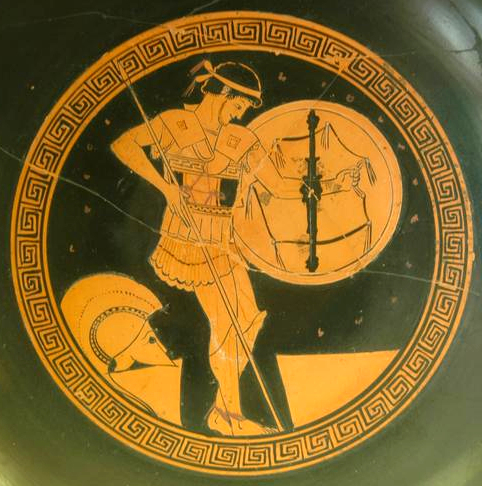
Battle of Mantinea
In 207 BC, Philopoeman went to war with the Spartans yet again. This time they were led by the tyrant Machanidas.
The opposing armies assembled near the city of Mantinea. Both sides had assembled the majority of their citizen soldiers for the battle and had also hired large numbers of mercenaries.
The battle opened disastrously for Philopoeman. Machanidas charged with his cavalry at the skirmishers and lightly armed mercenaries deployed in front of the main Achaean line and sent them into a rout.
However, Machanidas was too eager to ride down the routing skirmishers and pursued them well past the main Achaean line. Philopoeman exploited this blunder and advanced against the Spartan infantry with his main force. Having seen the earlier panic caused by Machanidas’ charge, the Spartans were idle and did not expect further fighting.
Philopoeman charged at the Spartans on their exposed flanks and “routed them with great slaughter”. According to Plutarch 4,000 of them were killed.
Machanidas attempted to flee the battlefield but was prevented from doing so by a water-filled ditch. Philopoeman approached from the other side with two of his companions, Simmias and Polyaenus. When Machanidas urged his horse to leap across the ditch, Philopoeman wheeled his own horse toward the Spartan leader and struck him dead with his spear.
The Achaeans celebrated the victory and erected a statue to honor Philopoeman at Delphi, the holiest site in ancient Greece. Shortly after, when attending the Nemean Games, he was greeted by the Greeks with applause.
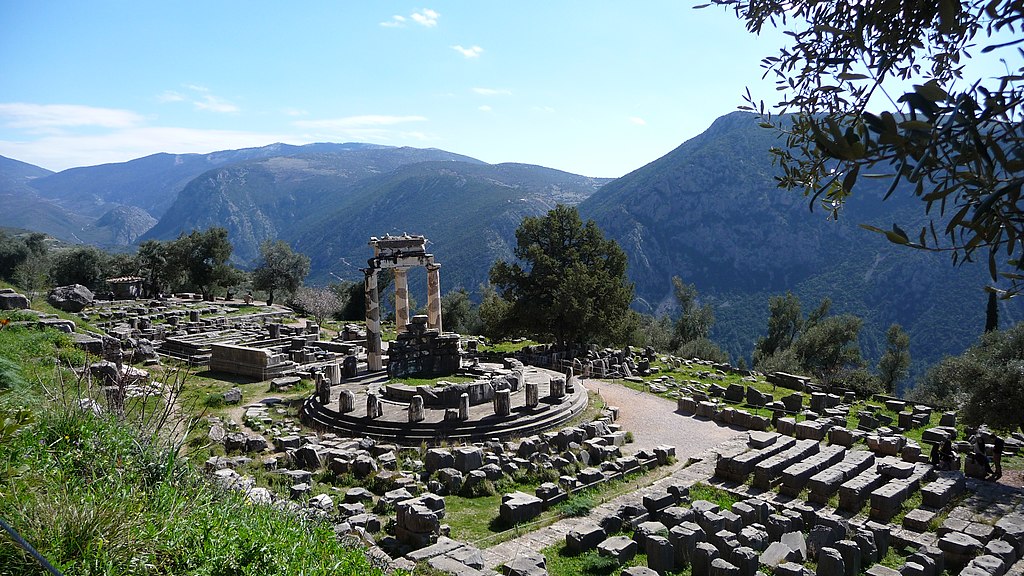
Wars with Nabis
In 201 BC, Nabis, the last king of independent Sparta went to war with the Achaean League, and so yet again Philopoeman would test his might against the Spartans.
That year, Nabis seized the Achaean city of Messene, but Philopoeman was out of office and no longer held command of the Achaean army. The current strategos, Lysippus considered the city lost and would not march to Messene’s aid.
Philopoeman did not wait to respond and assembled a force anyway. He marched to Messene and prompted Nabis to retreat without giving battle.
Phiopoeman then left the Greek mainland for Crete yet again. The Gortynians requested his aid, and no longer officially holding command in Achaea, he was more than happy to lend his services to the Gortynians as a mercenary general.
From 199 BC, he spent six years in Crete. Most of the fighting was characterized by guerilla warfare and ambushes, a far cry from the set-piece battles on the Greek mainland. Still, Philopoeman excelled in the Cretan style of warfare and was victorious.
Whilst he was away, Nabis again waged war on the Achaean League. In 193 BC, Philopoeman was appointed strategos again and led the Achaean armies. During this time Achaean League also made an alliance with the Romans who promised to send military support.
Philopoeman, not waiting for Roman assistance, went to war at sea. However, he was inexperienced in naval combat and lost the battle. His ship, which was four decades old filled with water and he nearly lost his life.
Not discouraged by defeat, he sailed with force to assist the city of Gythium which was being besieged by the Spartans. Perhaps inspired by the guerrilla warfare he had endured in Crete, Philopoeman ordered a contingent of light skirmishers to make an amphibious landing at night so that they could surprise their enemies.
Approaching by stealth, the Achaeans set fire to the Spartan camp and attacked them amid the chaos, before melting back into the darkness. Philopoeman then regrouped his army at Tegea.
The Acheans pressed on into Laconia, the homeland of the Spartans. There, Nabis ambushed them but Philopoeman was able to successfully rearrange his troops and forced Nabis to retreat.
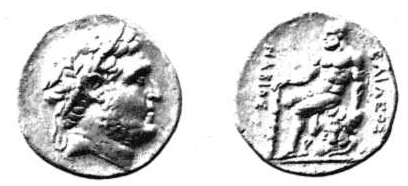
The murder of Nabis and the end of Sparta
This defeat broke Spartan power and left Nabis in a precarious position. He was only spared from further defeat by a Roman envoy who persuaded Philopoeman to delay his advance.
In the meantime, Nabis appealed to the Aetolians for help. They sent a force to Sparta under the command of Alexamenus. However, they proved treacherous and murdered Nabis whilst he was drilling his army outside of the city.
Philopoeman delayed no longer and marched on Sparta where he forced the Spartans to join the Achaean League. In 188 BC, he returned to Sparta with an army a second time and empowered exiled Spartan elites most favorable to the Achaean League. He also ended the Spartan education system, which had prepared warriors for battle through the agoge for hundreds of years.
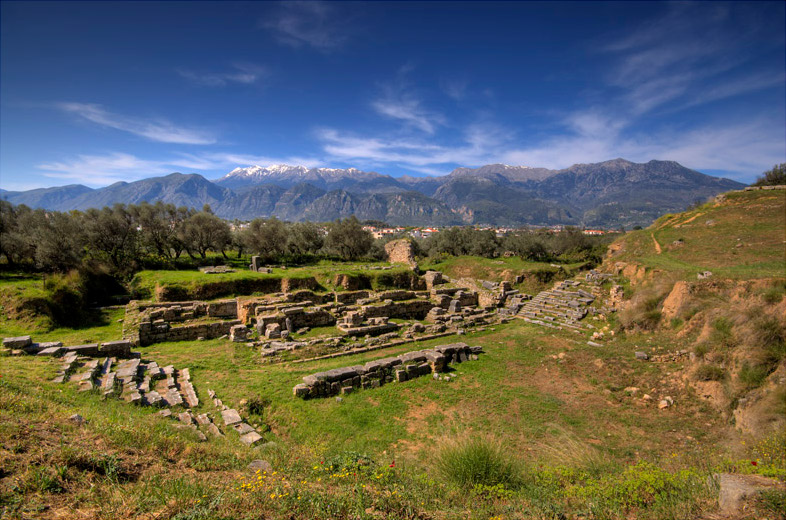
Final years and death
Philopoeman was appointed strategos of the Achaeans for the eighth and final time when he was seventy years old. The aging general “hoped not only to pass that year of office without war, but also that affairs would permit him to spend the rest of his life in peace and quiet.”
Yet fate did not permit Philopoeman to spend his final years in peace. A fellow Achaean, Deinocrates the Messenian, convinced Messene to revolt against the League and marched with a force to seize the village of Colonis.
Philopoeman was at this time lying sick with a fever in Argos. Nevertheless, he marched out with his own force to challenge Deinocrates and the two met at Evander’s Hill.
Philopoeman’s cavalry was suddenly attacked and caught in a disadvantageous position. Fearing for the lives of his men, he repeatedly rode out away from his own lines to chase away the pursuing enemy who were pelting them with javelins. His horse fell and he was knocked out, giving his enemies a chance to capture him.
Imprisoned in Messene, Philopoeman’s captors compelled him to drink poison. According to Plutarch, he asked the man who brought the poison whether his cavalrymen had survived. The poisoner replied that most of them had, and relieved, Philopoeman answered, “That is good news, if we have not wholly lost.” He then drank quickly drank the poison and died.
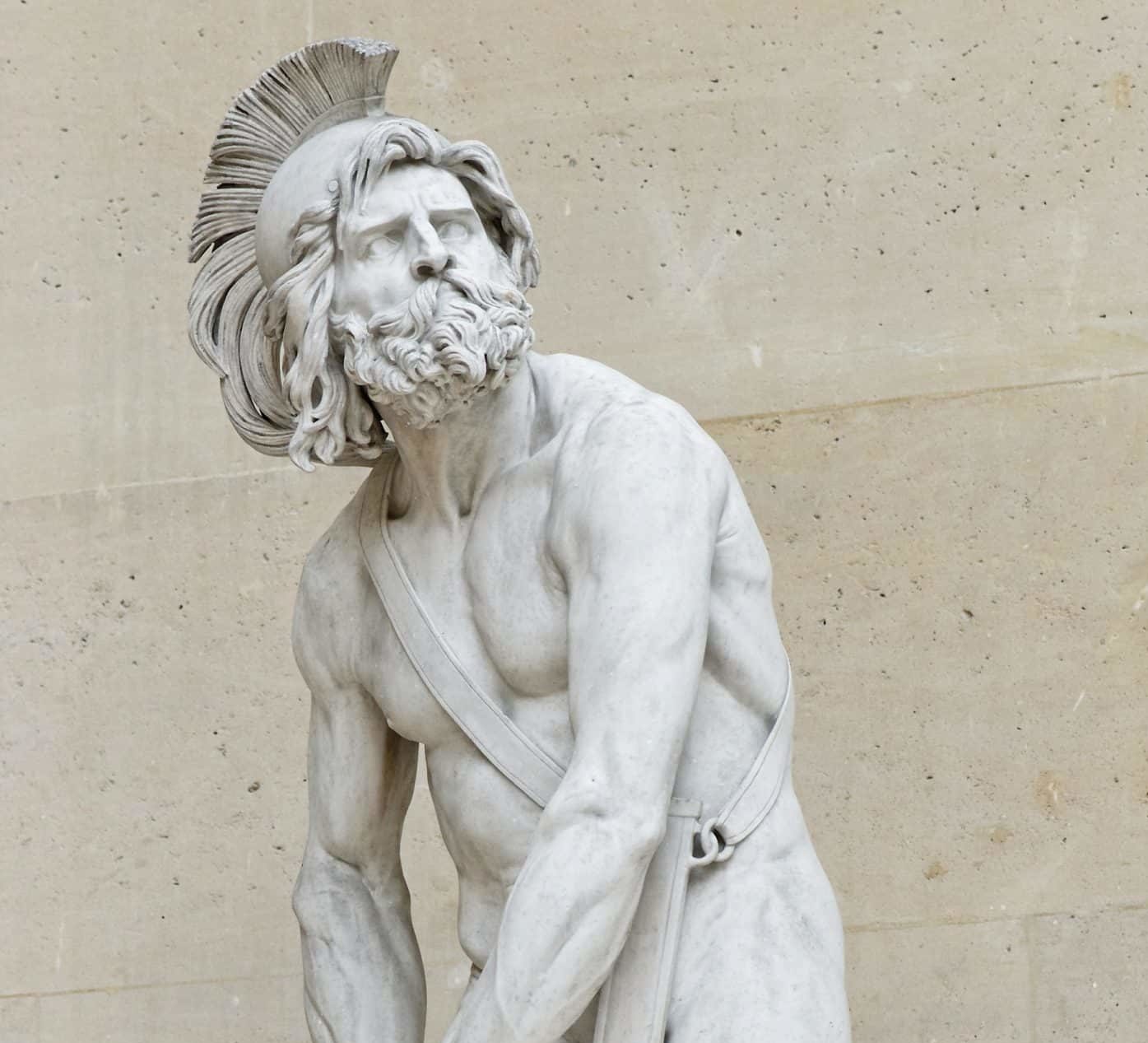
Legacy and character
News of Philopoeman’s death was met with despair by the Achaeans, who promptly raised a larger force and put the Messenians to the sword. Statues were built in Philopoeman’s honor across the cities of Achaea.
Philopoeman was remembered by the ancient Greeks most for his tactical brilliance and courage. The ancient Greek geographer Pausanias said that after his death, “Greece ceased to bear good men.”
Philopoeman’s contemporaries also noted his humility, although he could also be passionate and quick to anger. He did not seek wealth and dressed in a soldier’s tunic most of the time despite his wide-reaching renown.
He hunted in his free time and read the epics of Homer, as well as works of philosophy, and studies on warfare. He owned a farm near Megalopolis and would work there beside the farmers in his employment when he was not at war. At the end of a day’s work, he would go to retire “an ordinary pallet-bed, like anyone of his laborers, to sleep for the night.”
The inscription on the statue of Philopoeman at Tegea read:
“The valor and glory of this man are famed throughout Greece, who worked
Many achievements by might and many by his counsels,
Philopoemen, the Arcadian spearman, whom great renown attended,
When he commanded the lances in war.
Witness are two trophies, won from the despots
Of Sparta; the swelling flood of slavery he stayed.
Wherefore did Tegea set up in stone the great-hearted son of Craugis,
Author of blameless freedom.”
See all the latest news from Greece and the world at Greekreporter.com. Contact our newsroom to report an update or send your story, photos and videos. Follow GR on Google News and subscribe here to our daily email!



